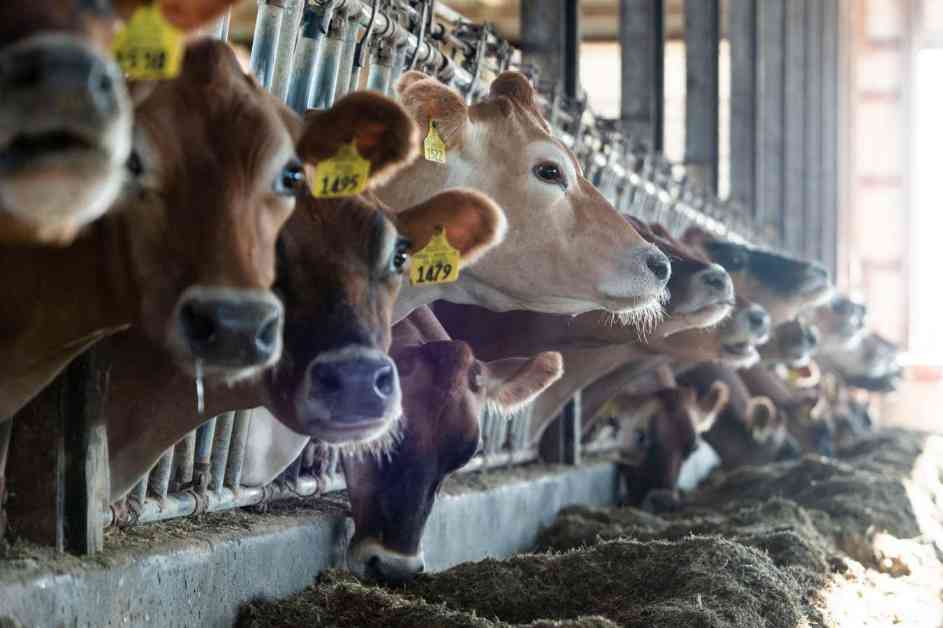A strain of bird flu known as H5N1 has been found in ten people in the US, which has raised concerns about potential health risks. The virus has been circulating in dairy cows for almost five months, but there are gaps in surveillance that could be allowing some cases to go undetected. This lack of monitoring makes it challenging to control the spread of the virus and increases the possibility of it mutating into a more dangerous form.
Health officials are facing difficulties in tracking individuals who have been in contact with the virus, which poses a significant threat. The H5N1 virus has already caused the deaths of millions of birds and thousands of mammals worldwide, highlighting the seriousness of the situation. With the virus now affecting humans, it is crucial to enhance surveillance measures to prevent further spread and potential mutations that could increase the risk to public health.
The implications of undetected bird flu cases among dairy workers in the US are alarming and require immediate attention. The health risks associated with the H5N1 virus are significant, and the potential for it to evolve into a more dangerous strain is a major concern. Improving surveillance and monitoring efforts is essential to identify and isolate cases promptly, reducing the likelihood of further transmission and protecting public health.
In addition to the immediate health concerns posed by the H5N1 virus, there are also broader implications for the agricultural industry. The presence of bird flu in dairy cows not only threatens human health but also has the potential to devastate livestock populations. Farmers and agricultural workers must be vigilant in implementing biosecurity measures to prevent the spread of the virus and protect both animal and human health.
Furthermore, the emergence of bird flu in dairy cows highlights the interconnectedness of human, animal, and environmental health. The spread of zoonotic diseases like H5N1 underscores the importance of One Health approaches that consider the health of humans, animals, and ecosystems as interconnected. By addressing the root causes of disease emergence and transmission, we can better protect public health and prevent future outbreaks of bird flu and other zoonotic diseases.
In conclusion, the detection of bird flu cases among US dairy workers is a critical health concern that requires immediate action. By improving surveillance, monitoring, and biosecurity measures, we can effectively control the spread of the virus and protect both human and animal health. The interconnected nature of zoonotic diseases emphasizes the need for collaborative, One Health approaches to address emerging health threats and safeguard public well-being.






